The Kingdom of Magyars
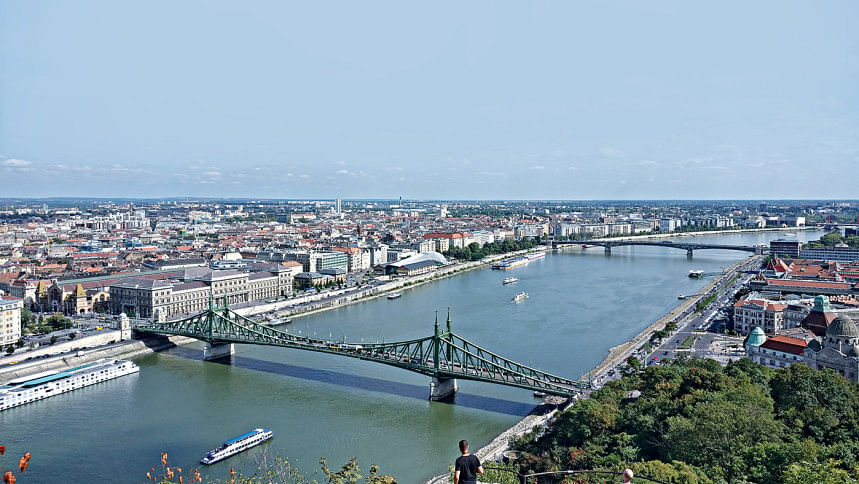
Once the heart of a vast empire and now a crossroads between East and West, Hungary stands as a testament to Europe's layered history. At the centre of it lies Budapest — a city where Gothic grandeur meets post-imperial nostalgia, and the echoes of Roman legions, Ottoman rule, Habsburg royalty, and Soviet tanks still whisper through cobblestone streets.
My journey to this historic land began not just with a love for travel, but with a deep curiosity for the past. As a Bangladeshi educator pursuing higher studies in Europe, I often found myself poring over maps and old travel books between lectures. The Magyars -- an ancient Finno-Ugric tribe who settled in the Carpathian Basin in the 9th century -- have long fascinated me. Hungary, derived from the Latin Hungaria, still calls itself Magyarország -- the "Land of Magyars."
It was during my summer break that I finally acted on that curiosity. With a 32-day itinerary spanning eight European countries, I boarded a budget flight from Amsterdam to begin a solo journey through the pages of history. My destination: Budapest, the regal capital of a once-mighty kingdom that had shaped -- and been shaped by -- the tides of European power struggles.
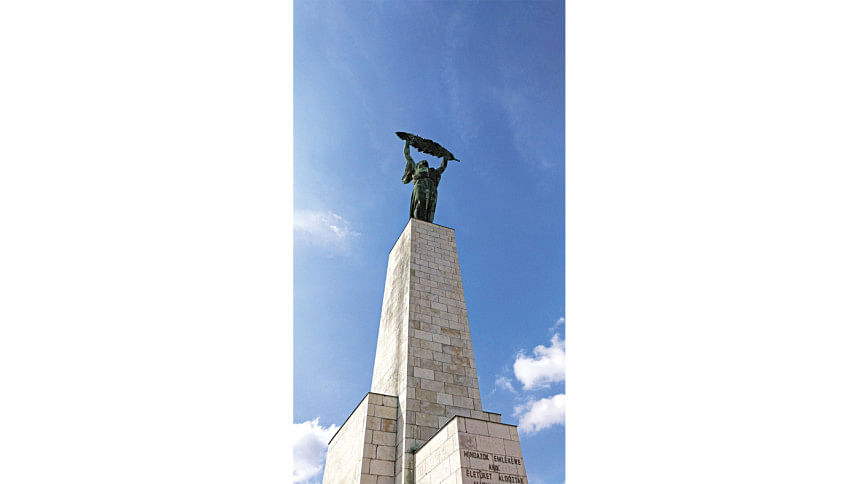
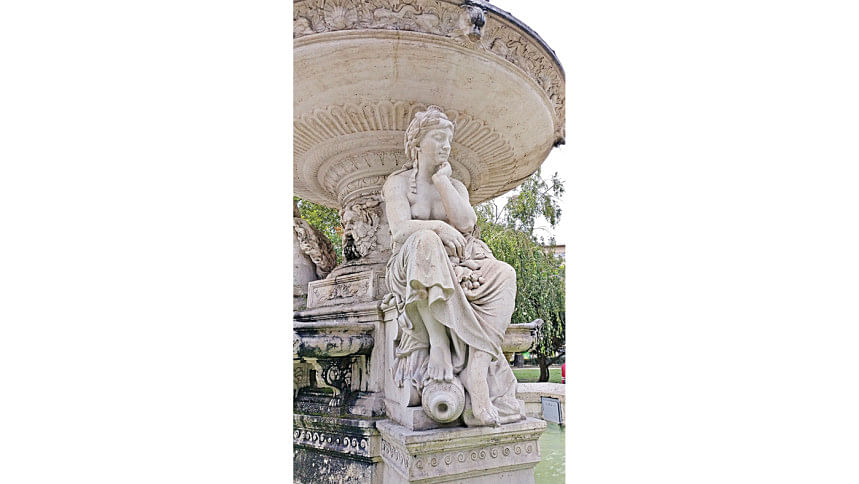
Few cities are as visually dramatic or historically complex as Budapest. Divided by the Danube River into the hilly Buda and the flat, bustling Pest, the city tells a story of conquests and resilience, revolutions and rebirths. From Roman forts and medieval bastions to Ottoman baths, Baroque cathedrals, and 20th-century memorials, every corner of Budapest reveals a layer of civilisation.
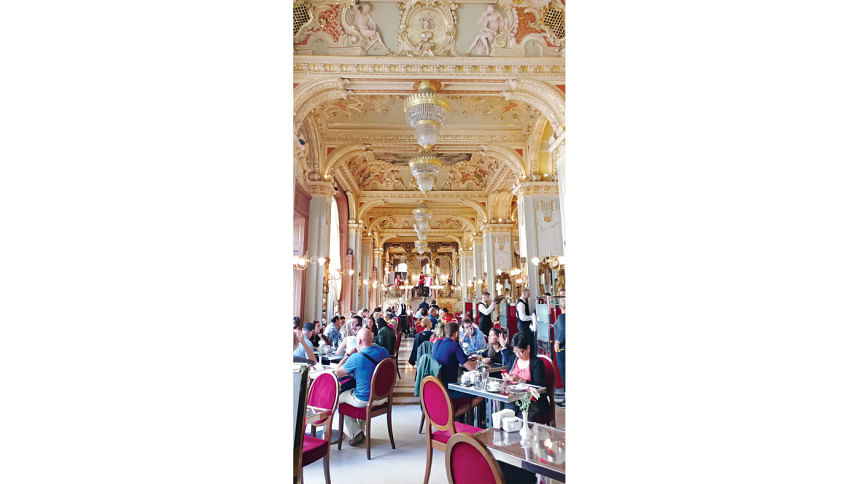
This is not just a visit -- it is a walk through time, a journey into the soul of a nation that, despite centuries of upheaval, still wears its heritage with quiet pride.
When I arrived in Budapest from Vienna by FlixBus, I followed directions on my phone to my accommodation in the Pest district. Known for its accessibility and vibrancy, this location made it easy to explore the city. Budapest's Metro, one of the oldest in the world, began operating in 1896 and added an extra layer of charm to my journey.
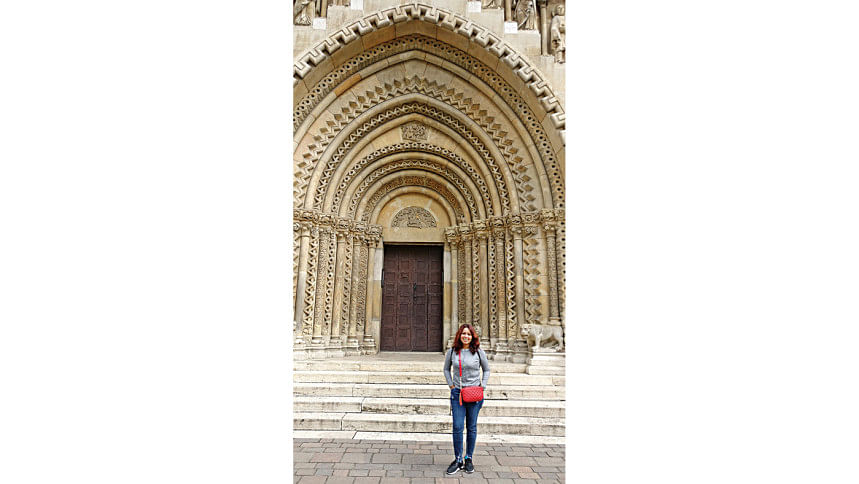
Growing up, I caught glimpses of distant lands in stamp collections, encyclopedias, and classic films. I remember spotting the Chain Bridge in the 1999 Bollywood film Hum Dil De Chuke Sanam, starring Aishwarya Rai and Salman Khan. It's no surprise that Budapest has also featured in films like Raabta and Roman Polanski's The Fearless Vampire Killers, earning it the nickname "City of Vampires."
My first stop was the Hungarian Parliament Building. A majestic Gothic Revival structure designed by Imre Steindl, it took nearly 20 years to build and was completed in 1904. The parliament sits proudly along the Danube River and is the third-largest in the world. Inside, ornate woodwork, historic chambers, and a museum housing the Holy Crown of Hungary testify to a storied past. The Holy Crown, worn by over 50 Hungarian monarchs, last sat on the head of Charles IV before the Austro-Hungarian Empire dissolved.
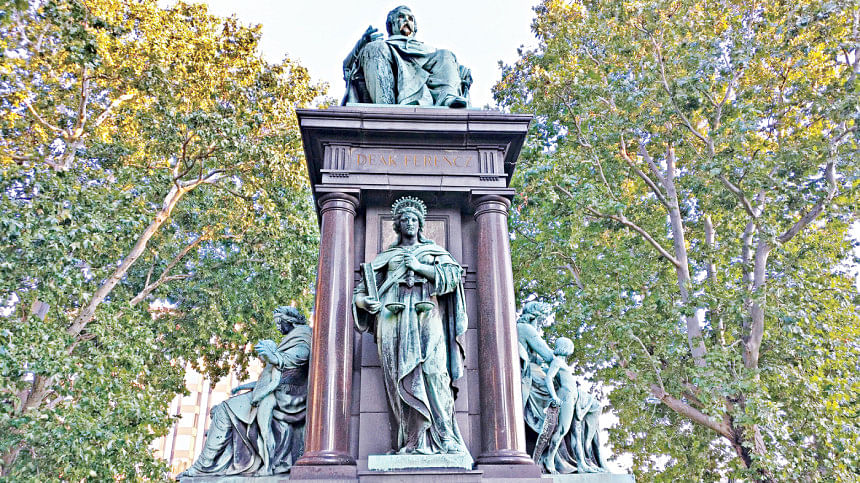
Just outside, statues of ordinary workers ring the parliament complex — a symbolic reminder for politicians to never forget their roots. A helpful young woman at the hostel had arranged our entry tickets online in advance, a must for any visitor.
Walking along the Danube, the second-largest river in Europe after the Volga, I reached one of the city's most poignant memorials: the "Shoes on the Danube Bank." This chilling tribute marks where Hungarian Jews were executed during the Holocaust. Forced to remove their shoes before being shot, their remains were carried away by the river — a painful yet powerful reminder of the city's darker chapters. Tourists stood silently, some leaving flowers in the shoes as gestures of remembrance.
I crossed the Széchenyi Chain Bridge, Budapest's oldest over the Danube. It was built in 1840 based on a design by British engineer William Tierney Clark. The bridge is still used by all kinds of vehicles, while two narrow sidewalks brim with tourists taking in the spectacular views of the Danube.
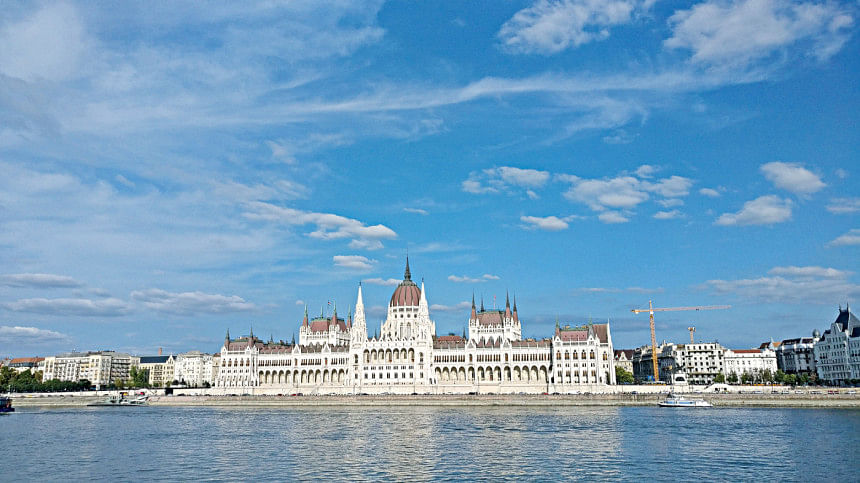
Crossing the bridge, I entered the Buda side of the city. The name Buda is believed to have originated from its early inhabitants, possibly named after a Hunnic chieftain. The Huns were a nomadic people from Central Asia who migrated across the Caucasus into Eastern Europe. On the other side lies Pest, whose name is thought to derive from the Slavic word pěšt, meaning "oven" or "furnace" — possibly referencing the area's thermal springs or underground caves.
From there, I ascended Gellért Hill, home to the Freedom Monument. This 14-metre-tall female figure holds a palm leaf in one hand and stands between two male statues representing peace, struggle, and progress. The view from the top was breathtaking: the Parliament, all eight Danube bridges, and a panoramic sweep of the city.
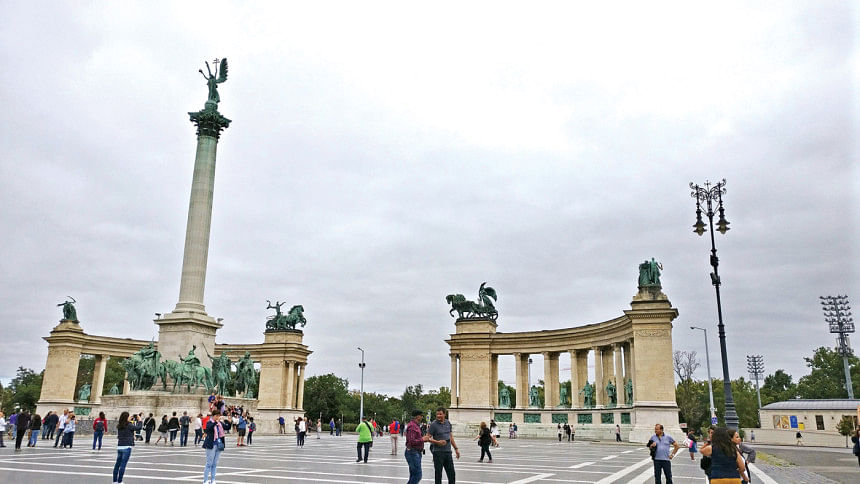
Nearby is Matthias Church, a Gothic masterpiece associated with King Matthias Corvinus. Its neighbour, the Fisherman's Bastion, is a fortress built by medieval fishermen to guard their market and honour the seven Magyar chieftains who founded Hungary in 896 AD. Fisherman's Bastion is one of the most famous fortresses in Hungary.
Buda Castle, once home to Hungarian royalty, now houses the country's president. Its grand, 850-year-old architecture looms over the city like a sentinel of time.
The next morning, I visited Heroes' Square, surrounded by museums and luxury shops along Andrassy Avenue. Built to celebrate Hungary's 1,000th anniversary, the square features two semicircular colonnades, each bearing statues of historic leaders. In the centre stands a towering column topped by Archangel Gabriel. The seven horseback figures on the column's pavement represent the Magyar tribal chieftains, who sealed their unity with a fabled Blood Oath — a defining moment in the formation of the Hungarian nation.
The architecture and artistry of the square are truly astonishing. I spent an hour and a half there and still felt like looking at the medieval marvels a little longer.

Not far from the square lies the Hungarian Agricultural Museum, a hidden gem with no entrance fee and remarkable architecture. It's a fitting metaphor for Budapest itself: elegant and enduring.
Though Hungary's economy may not rival its Western neighbours, its cultural wealth is undeniable. This city, layered with the scars and splendours of time, captivates the soul.
I learned about the New York Café — a literary hub frequented by poets and intellectuals. Though expensive, it has long served as a cradle of Hungarian literature and poetry.
This city is a museum for history lovers. The stamp of time is all over — in parks, homes, street corners, and stations. If you want, you can spend half an hour at the Budapest Castle Pályaudvar International Railway Station, built in 1881.
I don't know how much of Budapest I truly absorbed — can a city with millennia of history be grasped in just a few days? But I do know this: part of me stayed behind. Perhaps I'll return someday to discover what I missed. For now, another journey awaits — the city of Oslo is calling.

 For all latest news, follow The Daily Star's Google News channel.
For all latest news, follow The Daily Star's Google News channel. 


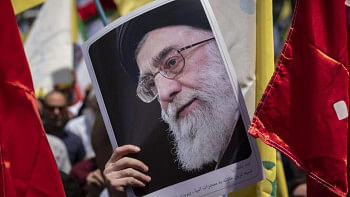
Comments